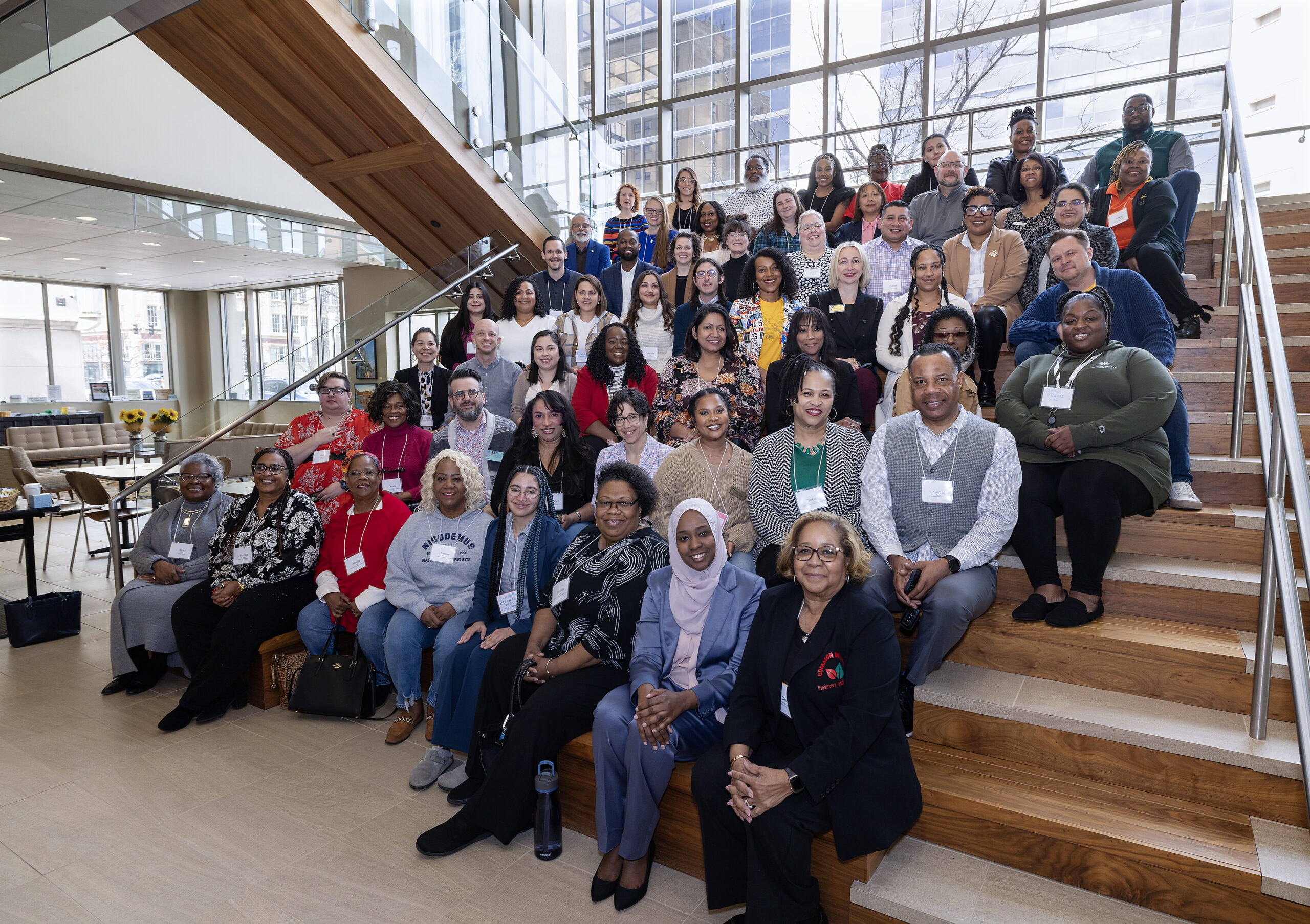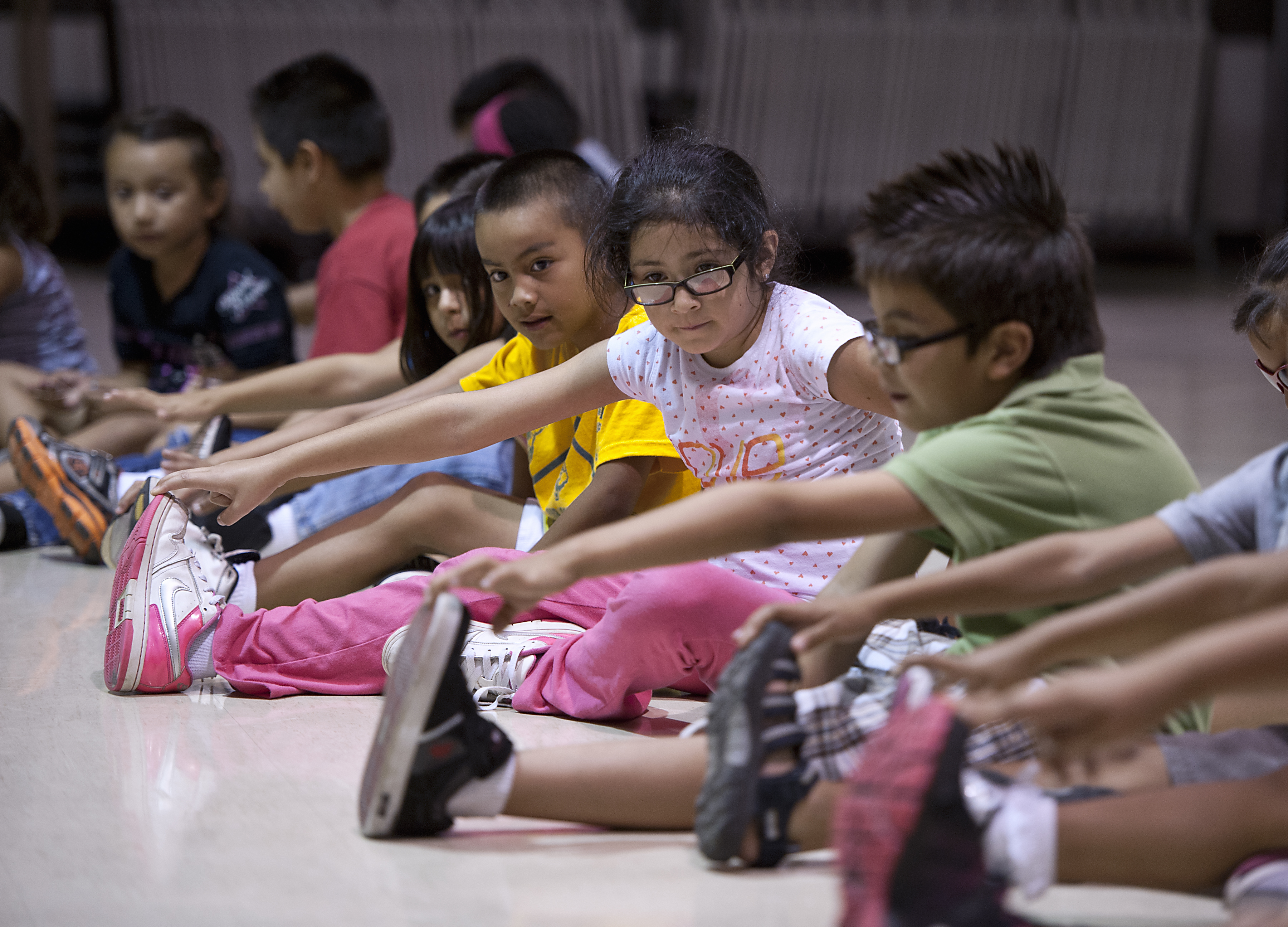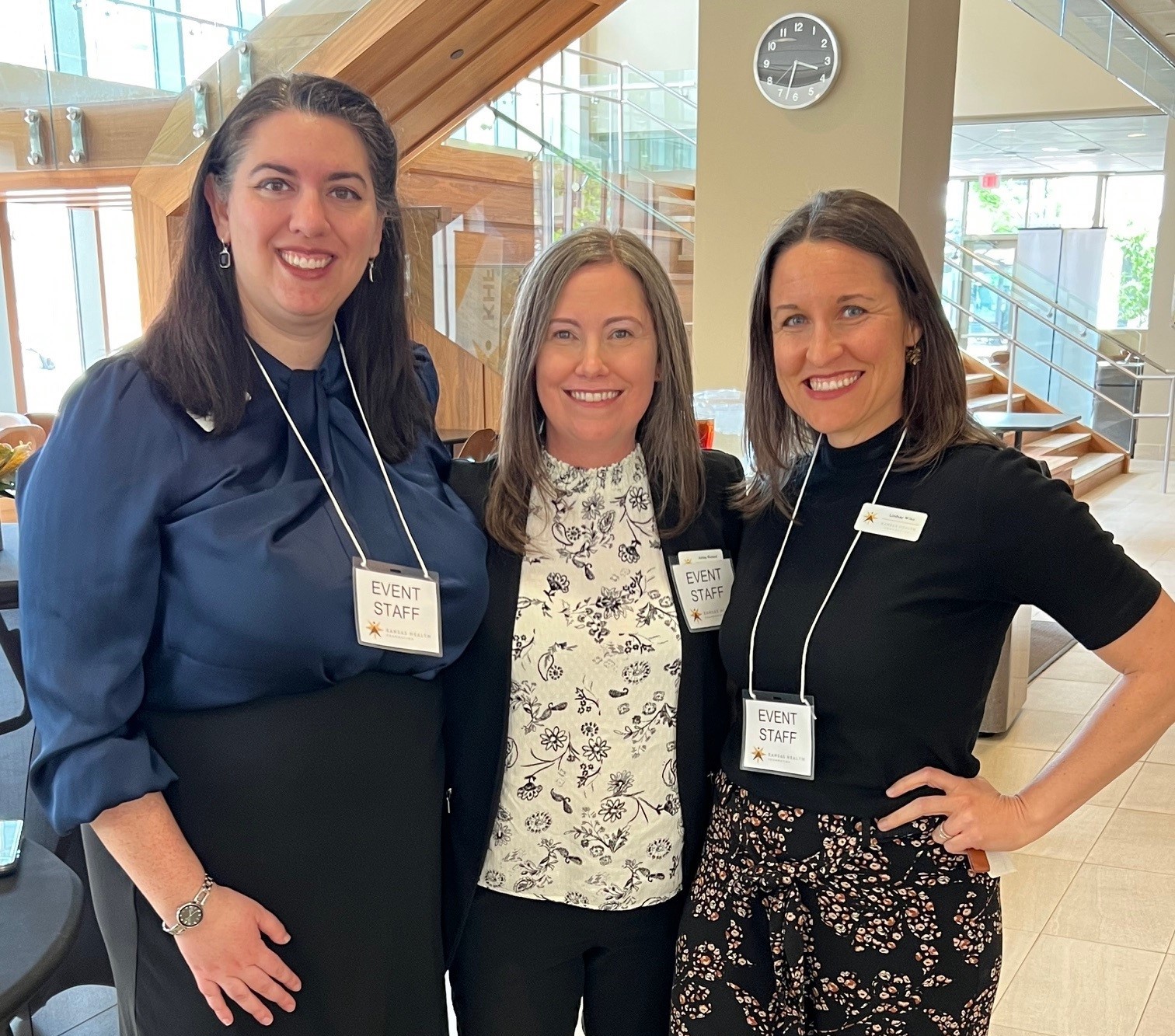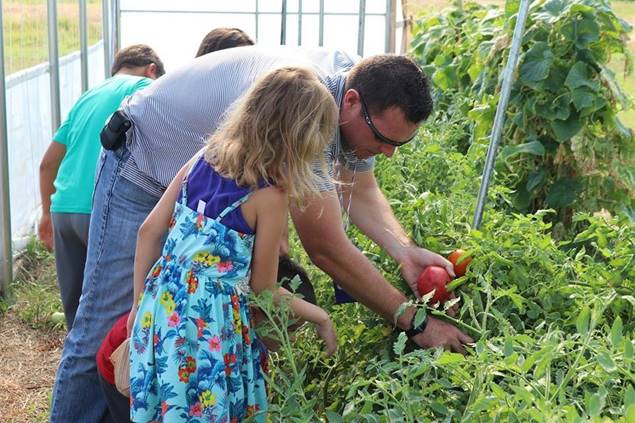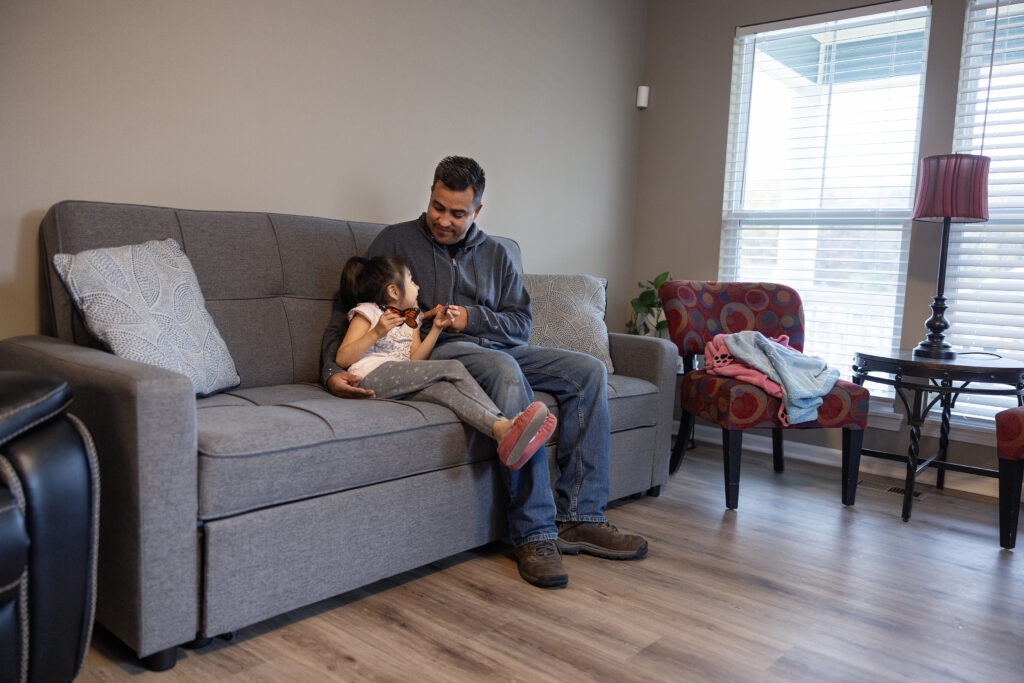Even in Kansas, the breadbasket of the world, residents struggle with hunger. In our state, 375,360 people fight to have enough food* – and of them, 131,130 are children. A greater number of Kansans do not have access to healthy food sources, such as grocery stores, within a reasonable distance from their home. This is true for more than 750,000 Kansans**.
For these reasons and more, the Kansas Health Foundation (KHF) supports efforts to increase access to healthy food for our most vulnerable Kansans.
“Eating healthy foods may sound easy to a lot of us, but for some Kansans, there’s little-to-no access to fresh fruits and vegetables,” said Steve Coen, KHF President and CEO. “Our goal with so much of this funding is to ensure that all Kansans have the opportunity to purchase and consume the types of foods that support a healthy, active lifestyle.”
KHF can’t successfully improve access to healthy food on its own, which is why it provides grant support to several Kansas organizations using innovative ideas to improve access for all.
One of these organizations is LiveWell Douglas County, a coalition of community leaders who develop approaches to help county residents lead healthier lives.
In northeast Kansas, the coalition is creating additional school-based food pantries to benefit food-insecure students and their families, as well as expanding summer lunch program participation. It is also working with local emergency food pantries to not only offer and request healthier food, but also sign up more clients for Supplemental Nutrition Assistance Program (SNAP) benefits, said Christina Holt, LiveWell Douglas County chair-elect.
“We know that hunger and food insecurity are linked to serious and costly issues like obesity, diabetes, chronic disease, poor oral health, poor academic outcomes, and poor mental health,” she said. “We are working to reduce hunger/food insecurity and ensure all residents have access to not only adequate amounts of food, but also the healthy food that is so critical for their health and well-being.”
The coalition – after listening to their area’s needs – began to address, and prioritize, barriers to accessing healthy food.
Members are trying to obtain carts so clients from the local food bank, Just Food, can better transport food on buses. And, they recently received funding for a mobile food pantry in partnership with the food bank.
Creating a statewide solution
More than 30 percent of Kansas counties are considered food deserts, or locations where a grocery store is not available within a mile in urban areas, or 10 miles in rural areas, according to the United States Department of Agriculture.
This often means residents are traveling long distances to purchase groceries to feed their families. In some cases, local independent grocers have shut their doors, finding a reduced customer base and competition with dollar stores or larger grocers outside of town.
KHF recognized the need for a fund that would support access to healthy food and increased economic development in Kansas communities. It provided $4 million to seed the Kansas Healthy Food initiative (KHFI), which provides technical assistance for those seeking to strengthen access to healthy foods, as well as financing through a mix of loans and grants to develop new or renovate existing fresh food retail in underserved Kansas communities.
“The program works to bridge informational and financing gaps faced by healthy food stakeholders and food retailers operating in low- to moderate-income areas,” said David Procter, director of Kansas State University’s Center for Engagement and Community Development. “KHFI would not have been possible with the vision and support of the Kansas Health Foundation.”
KHFI has helped launch four new grocery stores, expanded farmers markets and upgraded seven additional Kansas grocery stores since creating the initiative in August 2017.
“Through KHFI, we have helped create nearly 140 jobs, and brought healthy foods to over 63,000 Kansans, of which 83 percent are living in low-resource counties,” Procter said.
A tailored approach
Giving residents access to fresh, healthy food is both a simple and difficult problem in Crawford County – the state’s highest impoverished county, said Brad Stroud, executive director at Live Well Crawford County, a county-wide coalition working to implement nutrition and physical activity improvements.
“We are not believers that a grocery store is the answer to every food access problem…people cannot eat healthy if they do not have access to it or cannot afford it,” Stroud said. “We have had people tell us, ‘You can place all the fruit and vegetables you want across the street from me, but if I can’t afford it, then I’m still in the same situation.’ That was a powerful statement that has remained on our minds as we work on food access.”
The coalition believes it can make a difference by educating and promoting healthy eating. That’s why it began exploring high tunnels (greenhouse-like structures that rely on passive solar heat and ventilation) when looking for ways to make healthy food access sustainable.
Through a KHF grant, Live Well Crawford County placed a high tunnel at the Career and Technical Education Center of Southeast Kansas (Ctec), located north of the county’s largest city, Pittsburg. All fresh produce grown there is donated to the Crawford County Food Bank at Wesley House.
Stroud said this project has not only educated residents about growing practices and different types of produce, but also about healthy eating.
The high tunnel, in addition to serving as a hands-on learning opportunity for Ctec students in a Plant Science course, is also used as a learning lab for the free summer feeding program for children. Live Well uses the produce to teach children about fruit and vegetables from the seed to harvest stages. They are allowed to try different fruits and vegetables they might not have otherwise.
“It’s a lot of fun, and a great experience for both the kids and us,” he said.
After learning about the great success in Pittsburg, the city of McCune is placing a high tunnel at the school where the students will serve as a growing source for fresh produce for the local grocery store. Two additional towns are interested in providing the same opportunities in their schools and community.
“When residents come together to tackle the unique needs of their communities, that’s when all Kansans win,” Coen said. “One solution does not always work for every community in our state, and that’s why KHF is proud to support these types of impactful community projects.”
###
*Feeding America, 2018 Map the Meal Gap
**United States Department of Agriculture, 2015 Food Access Research Atlas
***Photo courtesy of Live Well Crawford County



